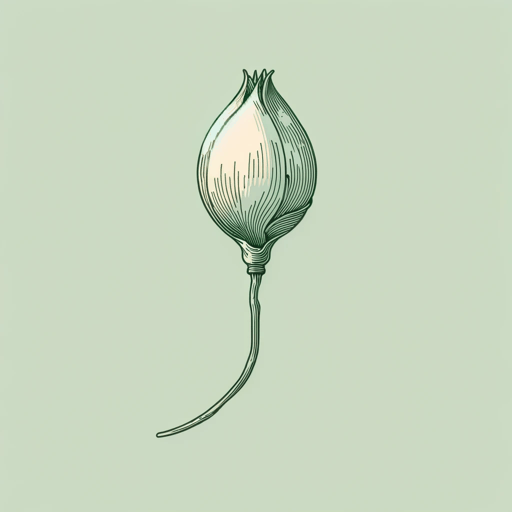17 pages • 34 minutes read
Adrienne RichLiving in Sin
Fiction | Poem | Adult | Published in 1954A modern alternative to SparkNotes and CliffsNotes, SuperSummary offers high-quality Study Guides with detailed chapter summaries and analysis of major themes, characters, and more.
Themes
A Woman’s Confession of Uncertainty
Rich uses third-person pronouns for “Living in Sin,” a poem that has some of the intimacy of first-person poetry. Some of Rich’s work is associated with Confessional poetry, a personal style of writing that emerged in the 1950s. With this type of intimate poetry, the line between poet and speaker often merges, so that a poem by Sylvia Plath can be said to be dictated from “a speaker,” as should be the case with poetry, or from the poet herself, given the autobiographical details on display. When analyzing poetry, it’s best to never assume that the poet is the speaker, but Confessional poetry gave rise to this so-called breaking of the fourth wall.
In “Living in Sin,” Rich appears to adopt some of the intimacy of Confessional poetry voice and tone. Rich covers both the activities of the male and female characters with what seems like an omniscient, or all-knowing, speaker, but, at the same time, provides the internal thoughts of the female character, making it seem like third-person limited, meaning limited to the thoughts of one character. Given Rich’s own experiences as a woman married to a man and a life of domesticity, it makes sense that Rich would speak for the female character more intimately than the male.
Related Titles
By Adrienne Rich

Aunt Jennifer's Tigers
Adrienne Rich

A Valediction Forbidding Mourning
Adrienne Rich

Diving into the Wreck
Adrienne Rich

Necessities of Life
Adrienne Rich

Planetarium
Adrienne Rich

Snapshots of a Daughter-in-Law
Adrienne Rich

Tonight No Poetry Will Serve
Adrienne Rich

Vesuvius at Home: The Power of Emily Dickinson
Adrienne Rich

